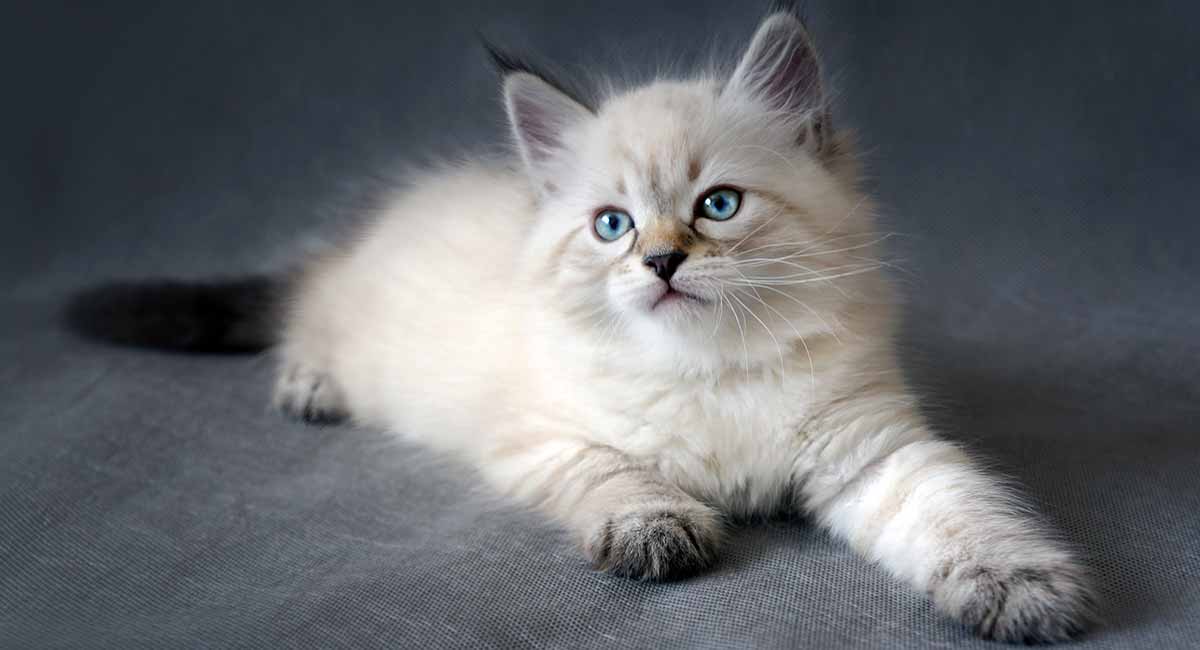
The amiable and loving Siberian cat is a lively and sporty feline that boasts a medium to large-sized frame weighing between 12 to 25 pounds. This sturdy breed is an excellent adventurer, thanks to its impressive build. The Siberian Forest Cat is renowned for its striking semi-long hair that comes in various colors, adding to their beauty. The breed is unique as it enjoys good health and longevity with minimal hereditary problems, unlike other cat breeds.
For those interested in learning more about the breed’s history, appearance, grooming and shedding tendencies, allergy issues, and temperament, this article contains valuable information. Additionally, if you’re looking to adopt a kitten, we’ve got tips on where to find one too!
Originally from Russia, the Siberian cat is known as a forest cat due to its natural habitat in the subarctic conifer forests of Siberia. Their long, waterproof fur coat evolved as a result of the cold and wet weather conditions in this region. Historical references of the breed can be found in old Russian fairy-tales and children’s stories, speculated to have originated a thousand years ago. Despite being around for centuries in Russia, the Siberian cat was only recently recognized as a formal breed and selectively bred for aesthetic purposes. The first official cat show featuring Siberian cats occurred in 1871 among just four other breeds. Record-keeping and registrations of the Siberian cat began in the 1980s, and opportunities for export allowed for the breed to be introduced to the United States at the end of the Cold War in the 1990s. Although not introduced to Britain until 2002, the number of breeders has grown steadily ever since.
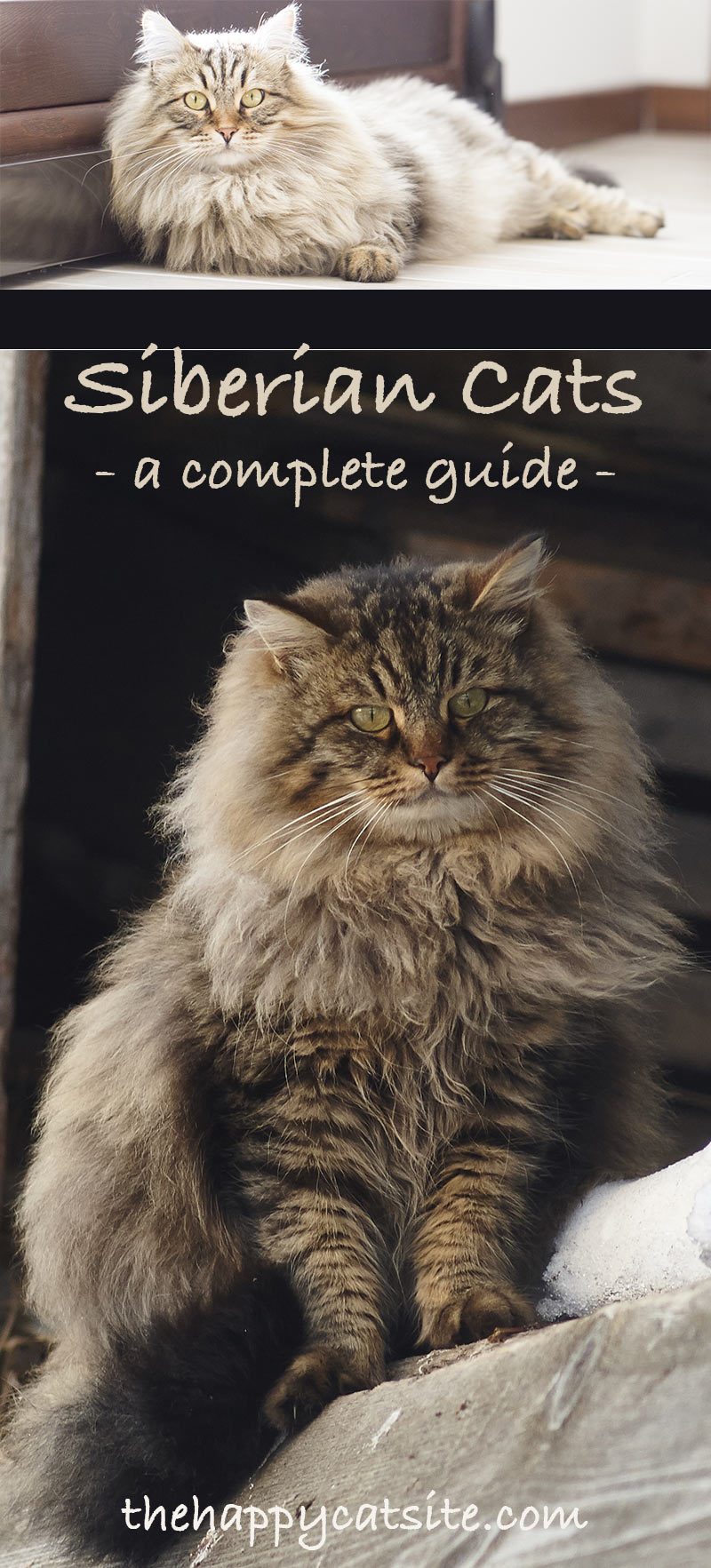
The physical attributes of Siberian cats are quite impressive. They possess a sturdy and athletic build, which varies in size and weight depending on gender and muscle mass. Typically, males weigh between 15 to 20 pounds, but unneutered males can weigh up to 25 pounds. On the other hand, females tend to be smaller, weighing around 10 to 15 pounds. However, despite their middle-range weight, they boast a well-balanced and rounded appearance, making them look even more impressive. They are also incredibly agile and acrobatic, having slightly longer hind legs than front legs.
Being a semi-longhair breed, Siberian cats have a thick triple coat that is thickest in winter and shortest in summer. Their fur is tough and waterproof, with a ruff around their neck, fluffy britches, and bushy tails. When touched, their coats are surprisingly soft, given their density, and they have an unusual depth.
These cats come in various color combinations, but the norm is medium to long tabby-patterned fur. Common colors include black, white, gray, orange, and blue. Additionally, their large round eyes can be green, gold, or a blend of both, and sometimes, they may even have eyes of two different colors!
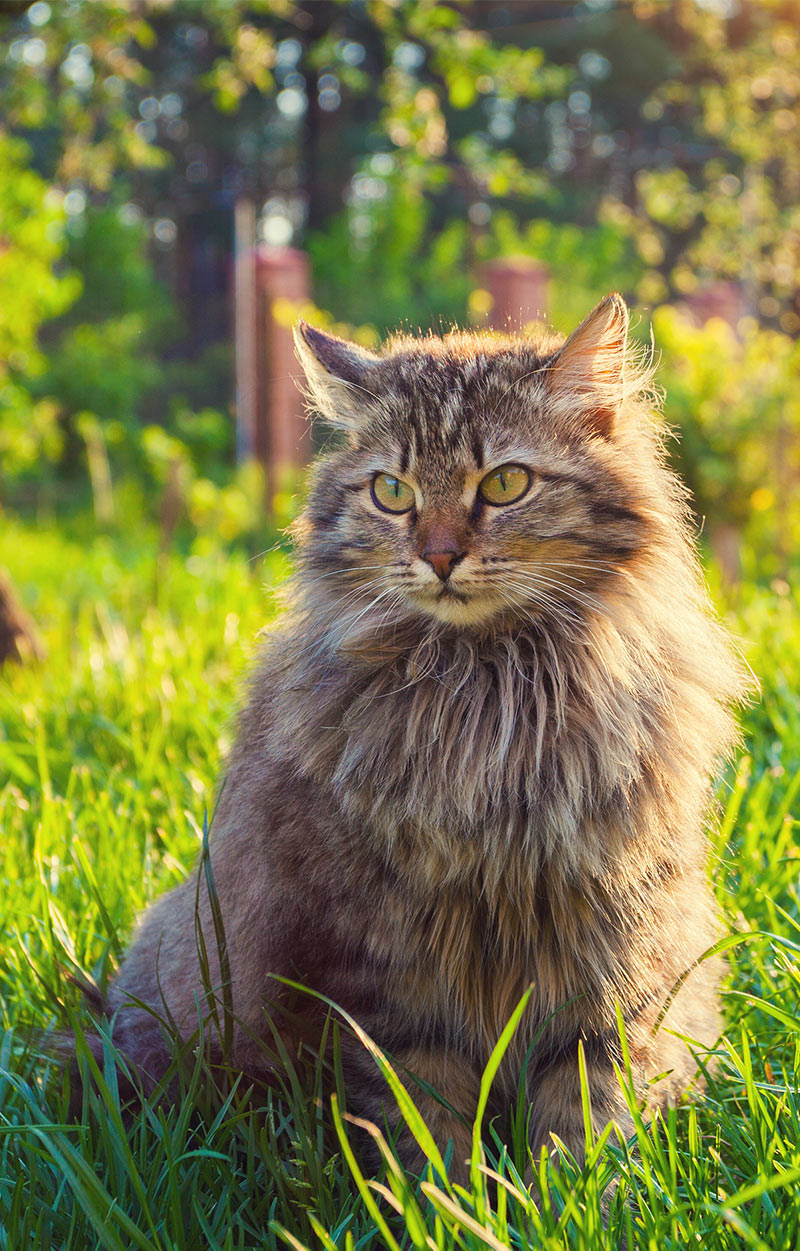
Taking Care of Shedding and Health of Siberian Cats
Managing shedding in Siberian cats is not a huge task. These cats typically shed twice a year, with their long, heavy winter coat falling out in the spring and their shorter summer coat shedding in the fall. Despite their long and shiny fur, it does not mat or tangle easily. Regular grooming sessions using a steel comb every other week can help prevent hairballs and maintain your cat’s health.
Moreover, make sure to trim their nails every week and inspect their ears for any signs of infection. If you observe any dirt inside their ears, gently wipe it off with a moist cotton ball. Brushing their teeth regularly is also essential to avoid dental and gum problems. Starting early with these grooming routines during your kitten’s stage can make them more accepting of the process.
Claims of Hypoallergenic
Some people believe that Siberian cats are hypoallergenic, but there is no scientific evidence to prove it. Although Siberian cats produce less of the cat-specific allergen “Fel d 1” than other cat breeds, it still exists in their saliva, tears, skin, and perianal glands. During grooming, it can spread across their fur, and their anal glands discharge it onto their feces. Thus, it’s vital to consider this if you plan to adopt a Siberian cat and have allergy concerns for yourself or someone else in your household.
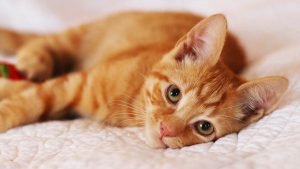
Are Siberian cats suitable pets for families? Siberian cats have been a treasured breed in Russia for many years and are a popular choice for households due to their sociable and relaxed temperament. These intelligent felines are capable of playing fetch with their owners and enjoy playing with toys throughout their lives. Despite their bold and fearless nature, they are gentle and affectionate cats that often display cute facial expressions. Their vocalizations are melodic, consisting of mews, trills, chirps, and deep purring. Siberians are great hunters and adept jumpers, but some may even enjoy splashing around in water. They’re known to surprise their owners by jumping into the bath or shower. While many cat breeds struggle with health issues like kidney disease, cancer, urinary crystals, and gum disease, Siberians are generally healthy and robust. Compared to other breeds, they have more genetic diversity within their population, reducing the risk of problems linked to inbreeding. However, breeders still selectively breed for specific traits, leading to certain health conditions like heart disease. So it’s crucial to select a breeder who provides certificates demonstrating that both parents are not carriers of HCM and also perform other genetic testing for illnesses like PKD and PK.
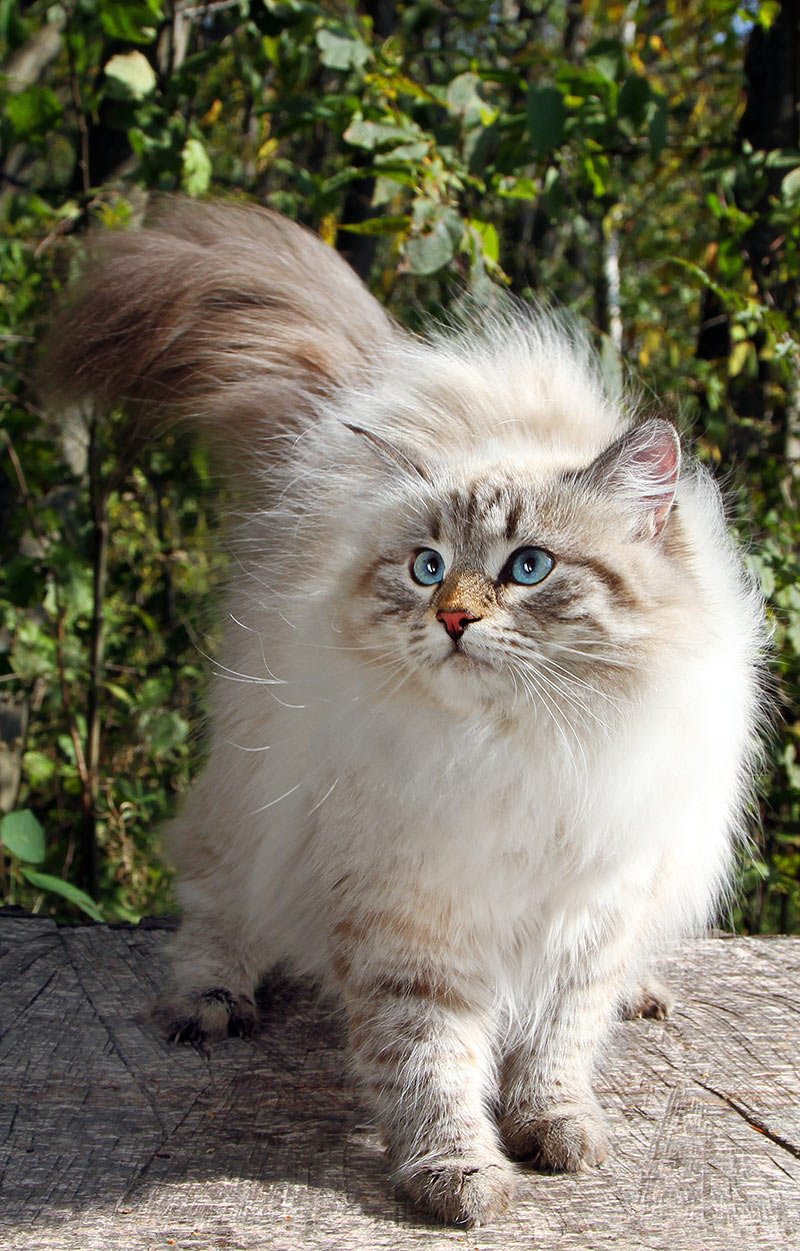
Various factors, such as genetics, diet, lifestyle, and environment, can affect the lifespan of Siberian cats, which generally live for about 12 to 15 years. It’s essential to find a reputable breeder who can provide you with a healthy kitten that meets your needs, whether you’re looking for a pedigreed championship-quality Siberian forest cat or a family pet. Visiting the breeder is crucial, allowing you to check the living conditions of the kittens and inquire about their health and genetic testing results. While Siberian kittens are adorable, it’s essential to research the breeder and the cat’s genetic lineage before making a purchase. Moreover, caring for a vulnerable Siberian kitten is your responsibility as they reach full maturity in up to five years.
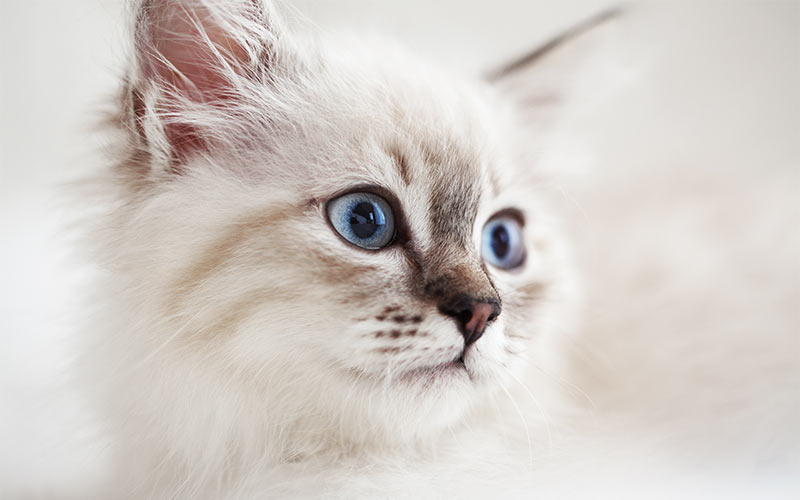
Rescuing a Siberian cat can be done through specific rescue organizations or regular animal shelters. While choosing a shelter cat may be cost-effective, you may not have the freedom to choose an age or healthy cat. Although the cat may not be show-quality, adopting a rescued cat from a shelter can be a fantastic option if that’s not a priority. However, it may take some patience to find the perfect feline in need of rescuing.